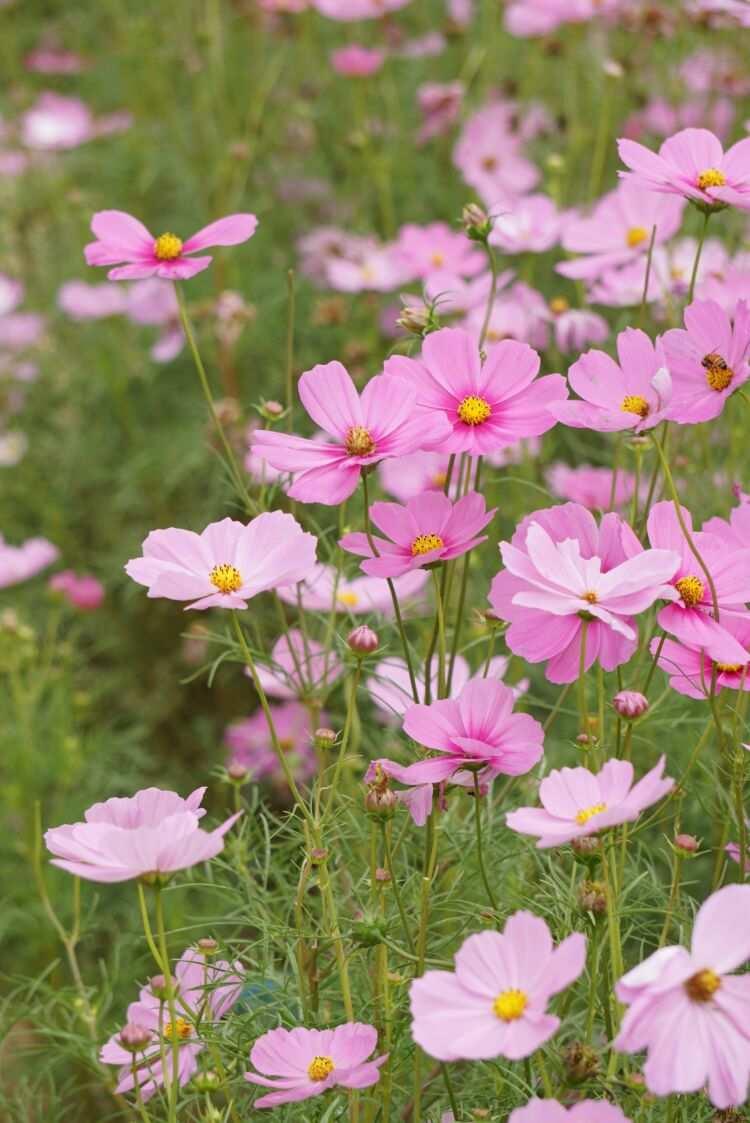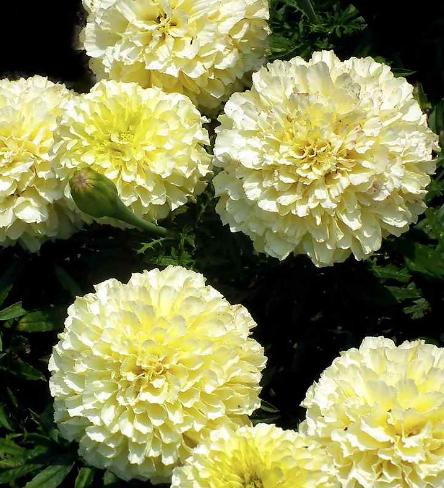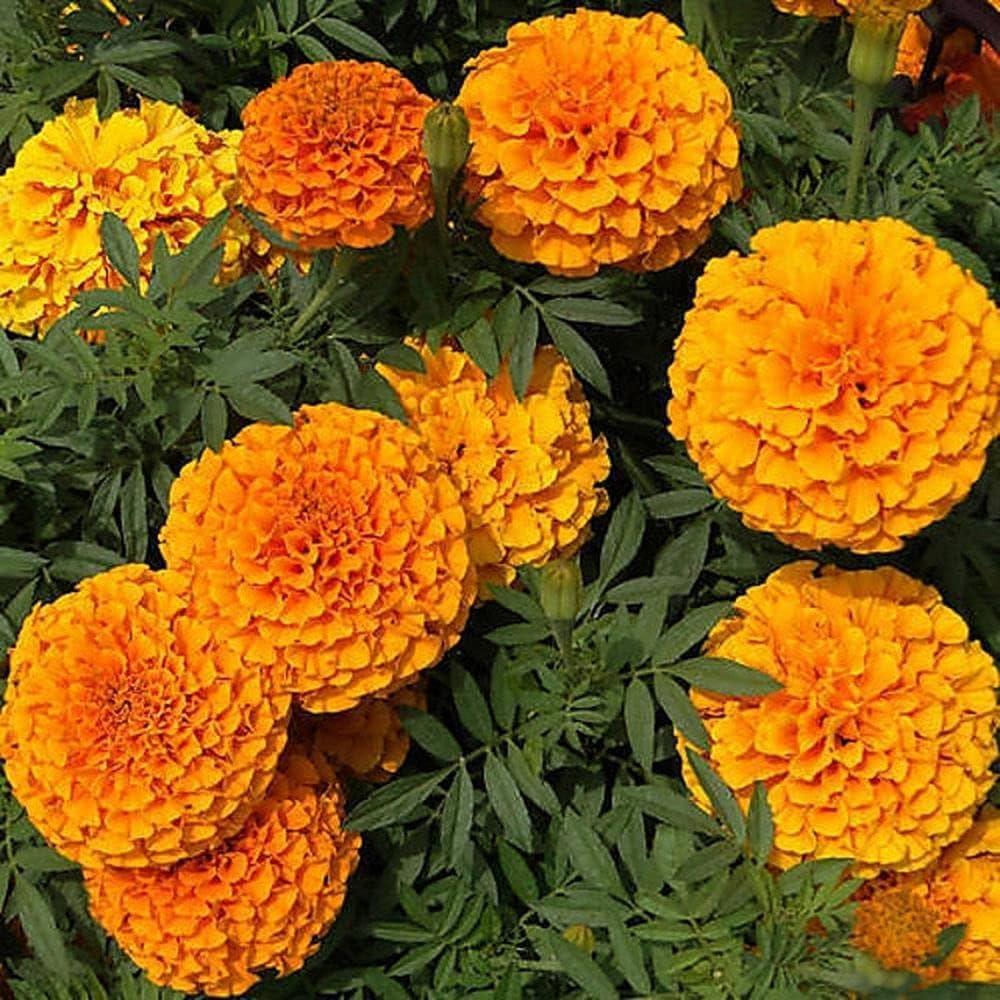The Acanthaceae family of plants has an interesting story. Its name comes from the Greek word “akantha,” which means thorn. This is because many plants in this family have sharp thorns or spines. However, the family also includes beautiful and ornamental plants like the shrimp plant and the golden trumpet. Interestingly, many species in the Acanthaceae family have medicinal properties and are used in traditional medicine around the world. In fact, scientists have discovered that some Acanthaceae plants contain compounds that could be used to treat cancer and other diseases. So, while these plants may have a prickly exterior, they have a lot of hidden benefits!
Picture
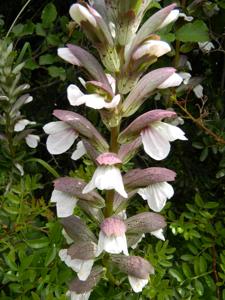
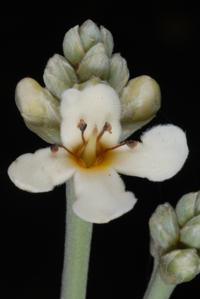
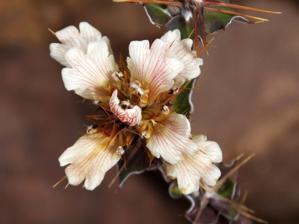
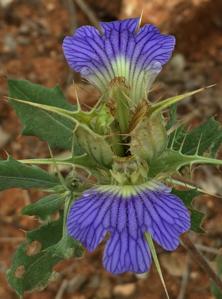
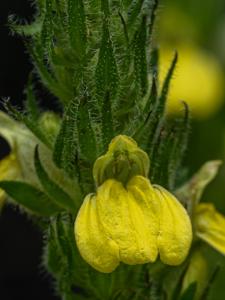

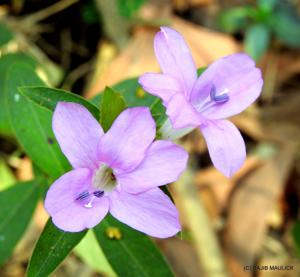
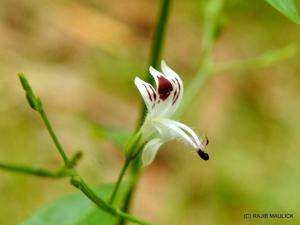
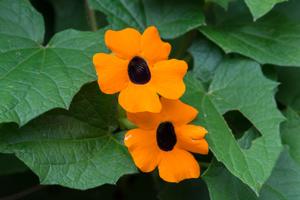
Plant some seeds now!
Short Description
Acanthaceae (/ækænˈθeɪsiːˌaɪ, -siˌi/) is a family (the acanthus family) of dicotyledonous flowering plants containing almost 250 genera and about 2500 species. Most are tropical herbs, shrubs, or twining vines; some are epiphytes. Only a few species are distributed in temperate regions. The four main centres of distribution are Indonesia and Malaysia, Africa, Brazil, and Central America. Representatives of the family can be found in nearly every habitat, including dense or open forests, scrublands, wet fields and valleys, sea coast and marine areas, swamps, and mangrove forests.
Description
Plants in this family have simple, opposite, decussated leaves with entire (or sometimes toothed, lobed, or spiny) margins, and without stipules. The leaves may contain cystoliths, calcium carbonate concretions, seen as streaks on the surface.
The flowers are perfect, zygomorphic to nearly actinomorphic, and arranged in an inflorescence that is either a spike, raceme, or cyme. Typically, a colorful bract subtends each flower; in some species, the bract is large and showy. The calyx usually has four or five lobes; the corolla tubular, two-lipped or five-lobed; stamens number either two or four, arranged in pairs and inserted on the corolla, and the ovary is superior and bicarpellated, with axile placentation.
Uses
Traditionally the most important part use in Acanthaceae is the leaves and they are used externally for wounds.
Some research has indicated that Acanthaceae possess antifungal, cytotoxic, anti-inflammatory, anti-pyretic, antioxidant, insecticidal, hepatoprotective, immunomodulatory, anti-platelet aggregation and anti-viral potential.
For instance, Acanthus ilicifolius, whose chemical composition has been heavily researched, is widely used in ethnopharmaceutical applications, including in Indian and Chinese traditional medicine. Various parts of Acanthus ilicifolius have been used to treat asthma, diabetes, leprosy, hepatitis, snake bites, and rheumatoid arthritis. The leaves of Acanthus ebracteatus, noted for their antioxidant properties, are used for making Thai herbal tea in Thailand and Indonesia.

